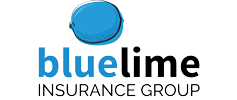If you’re an HOA board member, you’ve likely learned a lot about an association’s reserves and why they are vital to the running of your community. While it’s easy to know how important reserves are to your association, what might not be immediately clear is how much your particular association should have in reserves.
Since each association is built differently, with a varying number of homes and amenities, there’s not a universal amount that works for each association. In this guide, we’ll help you identify how much your association should have in reserves as well as how much should be contributed and when.
Funding Your Community
Funding community operations is one of the most important functions of an HOA board. Typically, there are two types of funds in your HOA – operating funds and reserve funds.
Operating funds are used to take care of day-to-day operations. Examples of operating funds might be contracted services (gate, fence, lighting, security, etc.), utility expenses, accounting and legal fees, office expenses, or taxes and insurance.
Generally, for large-scale projects such as replacement and repair in the HOA, reserve funds are set aside for major expenditures (often referred to as capital projects). Criteria for reserve funds are based on community rules and regulations, bylaws, and accountability. Examples of reserve fund use would be major landscaping projects, construction or renovation, replacing fencing, roof replacement on aging buildings, etc. However, reserves are not meant to add something new to the HOA.
Why Do We Need Reserve Funds?
To understand why an HOA must keep money in reserves, you must be familiar with the governing documents, which typically obligate the HOA to maintain, operate, repair, and replace the common areas of a development. Common areas include parts of the property owned jointly by homeowners in which every owner has a right to use. Examples of common areas are pools, parks, and clubhouses, but may also include fountains, entrance gates, and spas.
Governing documents typically give the HOA the right to collect assessments from each homeowner periodically to pay for the ongoing maintenance, operation, repair, and replacement of common areas. In order to determine how much money needs to be collected, the HOA adopts an annual budget.
How Much Do We Need?
The amount of ongoing maintenance costs will depend on several factors, such as how many common areas the development contains and how many amenities are offered. In addition to ongoing daily maintenance and operation costs, the annual budget will designate a portion of the assessments collected to go into a reserve fund. The HOA must determine an appropriate amount to put into this reserve fund; commonly, this amount is derived through a reserve study.
What’s a Reserve Study?
A reserve study sets out a long-term schedule of likely costs and repairs and is typically completed by an independent professional, such as a reserve analyst, who then estimates the cost and timing of repairs and replacements for common areas that will likely be needed over the course of the next 20 to 30 years. The study’s schedule will spread out the estimated cost of repairs over a time period and advise the HOA to collect enough in periodic assessments to set aside the apportioned amount to cover the impending needs of the association.
It’s important to plan for a reserve study by providing the reserve analyst the following to review beforehand:
- adequate financial information
- a past history of common area projects
- the HOA’s governing documents
- a record of past repairs and replacements
The cost of a reserve study is determined by factors such as the number of common areas, deferred maintenance issues, size of the community, availability of blueprints, and other factors.
Planning for the Future
It is important to have an adequate amount in any HOA fund. When an HOA without money in reserves is faced with expenses outside of general operations, two likely choices are presented – either increase assessments significantly and immediately or levy a special assessment. Neither of these options goes over well with homeowners, for obvious financial reasons.
Raised assessments and special assessments are inefficient solutions and penalize current homeowners for the HOA’s lack of planning. Therefore, properly maintaining a reserve fund is of the utmost importance. Some states and funding institutions even regulate reserve funds to ensure that funds are sufficient to meet the HOA’s obligations without placing unexpected financial burden and stress upon homeowners.
How’s Your Reserve Account?
Once the results of the reserve study have been completed, the board should closely analyze the report and provide a plan overview to homeowners, especially if a change in assessments is needed. Share with homeowners the board’s strategic directions and outline the steps the HOA will take to save money in the long run. Also, communicate how having money in reserves for keeping the community looking great in years to come will increase property values – this may make any increase in assessments a little more palatable. Future planning sessions should be held, and take the time to analyze predicted costs and replacement timeframes.
If your HOA has not had a reserve study conducted yet, get started on it now. If your HOA has had a reserve study completed, make sure you are utilizing it as a tool to plan for the future.
Related: Does Your HOA Have Enough Insurance for Pool Season?
Once you have a plan in place for capital projects, you will find that the annual budget process becomes easier. Combined, your reserve study and sufficient reserve funds will allow for a more successful community and peace of mind for the HOA board and homeowners alike.





